Workshop
Exploring Creative Research Methods in Socio-Legal Studies

Workshop
Exploring Creative Research Methods in Socio-Legal Studies
5 - 6 December, 2024
La Trobe City Campus
Room 2.10, Level 2
360 Collins St, Melbourne
A workshop organised by the Law in Context Research Cluster (La Trobe Law School) and the Australian Centre for Justice Innovation (Monash Law).
Media
Grave-robbers, mummies, cyborgs!
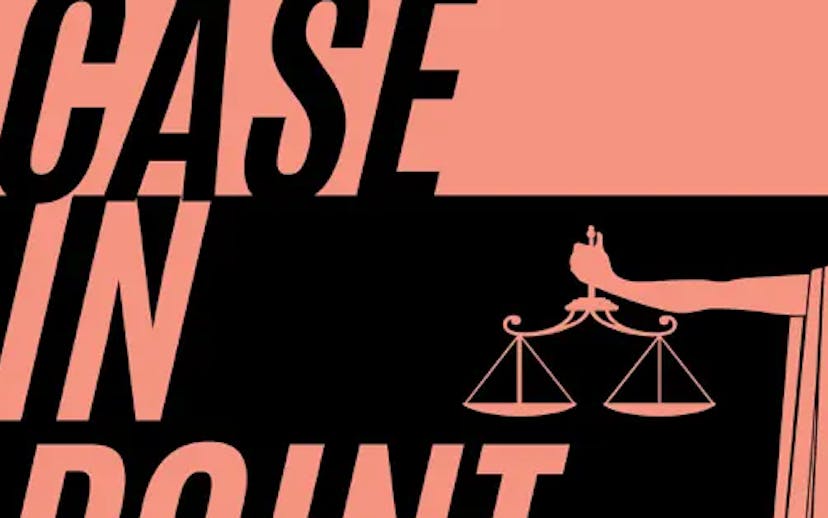
Media
Grave-robbers, mummies, cyborgs!
Marc Trabsky was recently interviewed on the Case in Point podcast by Professor Melissa Castan and James Pattison about the High Court of Australia case of Doodeward v Spence [1908] HCA 45; (1908) 6 CLR 406 (31 July 1908). The strange story begins in 1868 with a two-headed still-born baby and offers an answer to the perennial question of whether a person can own a dead body. Explored further in Chapter 4 of Death: New Trajectories of Law, Marc talks about grave-robbers, mummies, cyborgs and how Doodeward continues to impact the Australian legal system in the 21st century.
Article
Forensic Radiology and the Testimony of Shadows

Article
Forensic Radiology and the Testimony of Shadows
Marc Trabsky and Averyl Gaylor have co-authored a journal article for Social & Legal Studies that examines how radiological images became accepted by courts as visual evidence of death in the 20th century. Initially conceived as a speciality of photography, X-rays confounded courts, eliciting a range of judicial responses, from outright refusal to consider the images as any kind of evidence, to mocking them as cheap parlour tricks for an unwitting public, to recognising them as more reliable than the testimony of the expert witness. The article contends that courts moved towards recognising X-rays as proof of death only by both affirming forensic radiology's promise of ‘mechanical objectivity’ while acknowledging its reliance on the fallibility of ‘human subjectivity’. It suggests that this history has broader implications in socio-legal studies for comprehending how the invention of novel optical techniques continues to problematise legal epistemologies of death in the 21st century.
Workshop
Call for Papers: Exploring Creative Research Methods in Socio-Legal Studies

Workshop
Call for Papers: Exploring Creative Research Methods in Socio-Legal Studies
A workshop organised by the Law in Context Research Cluster (La Trobe Law School) and the Australian Centre for Justice Innovation (Monash Law)
Venue: La Trobe City Campus, 360 Collins Street, Melbourne
Dates: 5 - 6 December 2024
The late Kerry Petersen once wrote that socio-legality “is a ‘broad church’ of ideas with a critical element which challenges the assumption that law is a neutral, reasoned discipline” (2013, p 1). It harnesses, appropriates and borrows from a wide range of discourses, theories and methodologies from the social sciences to examine law in its myriad contexts. From law-in-action to legal ethnography, and qualitative research to participatory observations, socio-legality continues to provide an innovative intellectual home for studying the intersections of law and society.
This workshop, with a keynote address by Professor Sharyn Roach Anleu (Flinders University), invites socio-legal scholars to explore how we can do empirical research creatively and how we can continue to innovate the discipline by encompassing insights from the social sciences. We call for scholars to propose 20-minute presentations on creativity with methods in socio-legal studies. The call is open to a range of topics in law, but we ask scholars to think about how they do socio-legal research and focus their presentation on methodology, whether that may be law-in-action, legal ethnography, qualitative research or participatory observations. We are also keen to hear from scholars who have knowledge of conducting research with participants with lived experience of legal problems, the trials and tribulations of ethics committees and trauma-informed qualitative research.
Media
Post-mortem Computed Tomography and Bereaved People’s Experiences of the Coronial Investigation
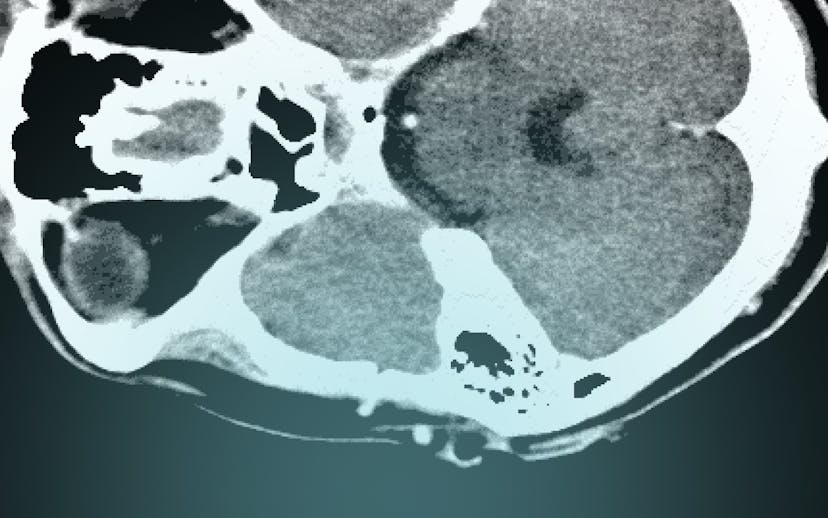
Media
Post-mortem Computed Tomography and Bereaved People’s Experiences of the Coronial Investigation
Post-mortem computed tomography (PMCT) has changed the experiences of bereaved people in coronial investigations. PMCT was developed by the Virtopsy® team initially at the University of Bern, but later at the University of Zurich, in the 1990s. It has been implemented in parts of Australia, Canada, Europe, Japan, UK, and USA since the early 2000s. When the technology is used as a triage tool to decide whether a medical cause of death can be found through CT scanning and an external examination of the body, it can decrease the rate of invasive autopsies in the coronial jurisdiction. For example, when the Victorian Institute of Forensic Medicine, located in Melbourne, Australia, introduced PMCT in 2005, the autopsy rate decreased by approximately 50%, and the rate of objections to autopsies by the next of kin also diminished.
Book
The Routledge Handbook of Law and Death
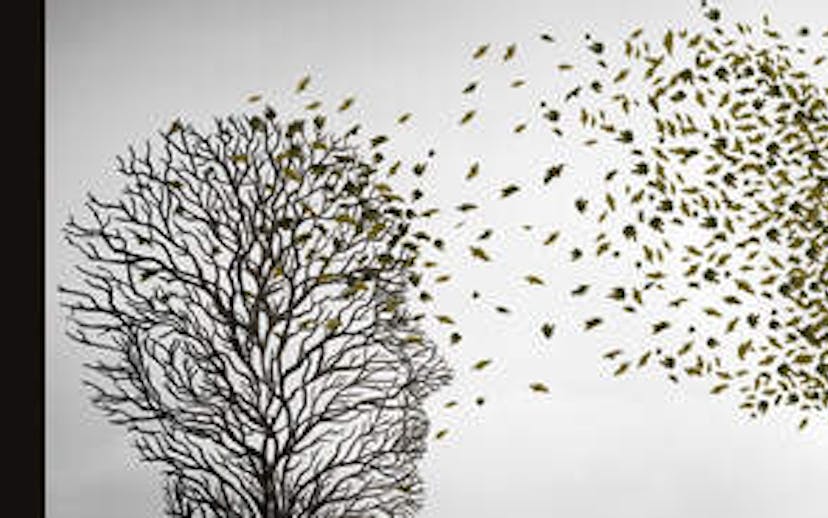
Book
The Routledge Handbook of Law and Death
The Routledge Handbook of Law and Death provides a comprehensive survey of contemporary scholarship on the intersections of law and death in the twenty-first century.
It showcases how socio-legal scholars have contributed to the critical turn in death studies and how the sociology of death has impacted upon the discipline of law. In bringing together prominent academics and emerging experts from a diverse range of disciplines, the handbook shows how far from shunning questions of mortality, legal institutions incessantly talk about death. Touching upon the epistemologies and materialities of death, and problems of contested deaths and posthumous harms, the handbook questions what is distinctive about the disciplinary alignment of law and death, how law regulates and manages death in the everyday, and how thinking with law can enrich our understandings of the presence of death in our lives.
In a time when the world is facing global inequalities in living and dying, and legal institutions are increasingly interrogating their relationships to death, this handbook makes for essential reading for scholars, students and practitioners in law, humanities and the social sciences.
Marc Trabsky has co-written with Imogen Jones a chapter titled 'Law and Death: Mapping the Terrain' (pp 1-12) and he has also written 'Chapter 6: Thanatopolitics of Law' (pp 80-90).
Media
Meet the Book Author: Death: New Trajectories of Law
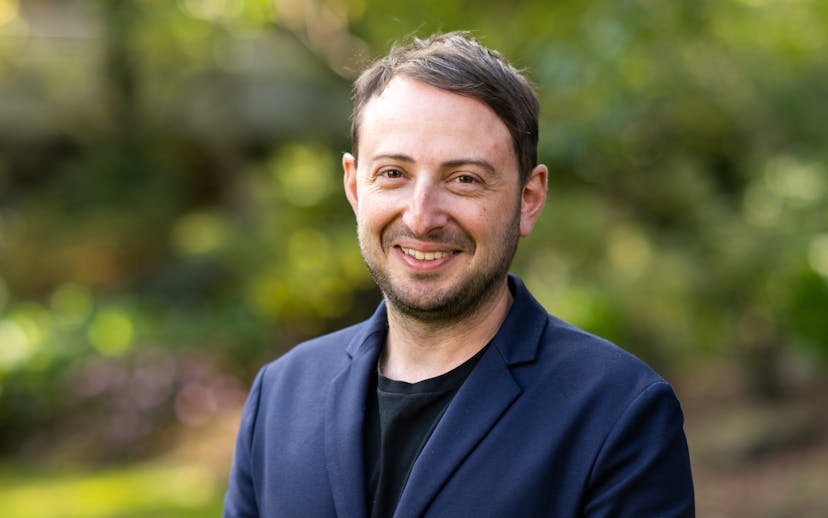
Media
Meet the Book Author: Death: New Trajectories of Law
In our Meet the Book Author Series, the Journal of Law and Society and the Centre of Law and Society provide first-hand accounts from authors who have recently contributed notable socio-legal books to their respective fields. In this post, we hear from Marc Trabsky, whose new book Death: New Trajectories of Law was published in July 2023 with Routledge.
Chapter
Material Entanglements of the Corpse
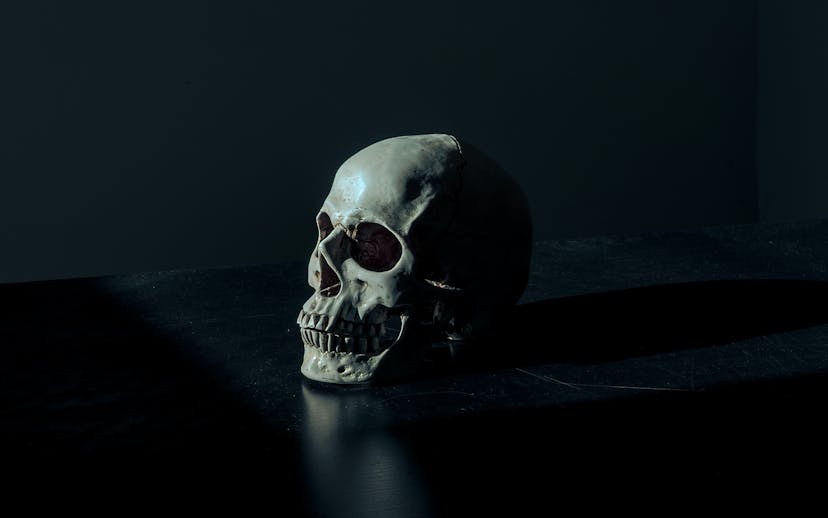
Chapter
Material Entanglements of the Corpse
Marc Trabsky and Jacinthe Flore published 'Material Entanglements of the Corpse' in Death’s Social and Material Meaning Beyond the Human, which is edited by Jesse D Peterson, Natashe Lemos Dekker and Philip R Olson.
The chapter examines how the recycling of cadaveric tissue in the twenty-first century problematises the legal status of the corpse as either a person or a thing. The chapter begins by unpacking the development of legal doctrine on proprietary interests in the corpse since the seventeenth century. It then explores how doctrinal perspectives have increasingly become challenged by technologies that repurpose cadaveric flesh, skin and bone for a global market of medical devices, implants, treatments and pharmaceuticals. The technologies involved in converting human remains into medical products both dissect the corpse into lucrative waste and signal its use-value for human consumption. They also invite an alternative perspective of knowing the corpse by revealing the dead body to be fragmented, relational and materially entangled. Drawing on the writings of feminist new materialism, the chapter rethinks the epistemological conceptualisations of the corpse through the discourses of waste and recycling. It calls for a rethinking of how the corpse is defined in law, not in terms of whether it is a person or a thing, but through its intra-activity with matter, discourse, and law.
Workshop
Visualising the Corpse in Art and Law
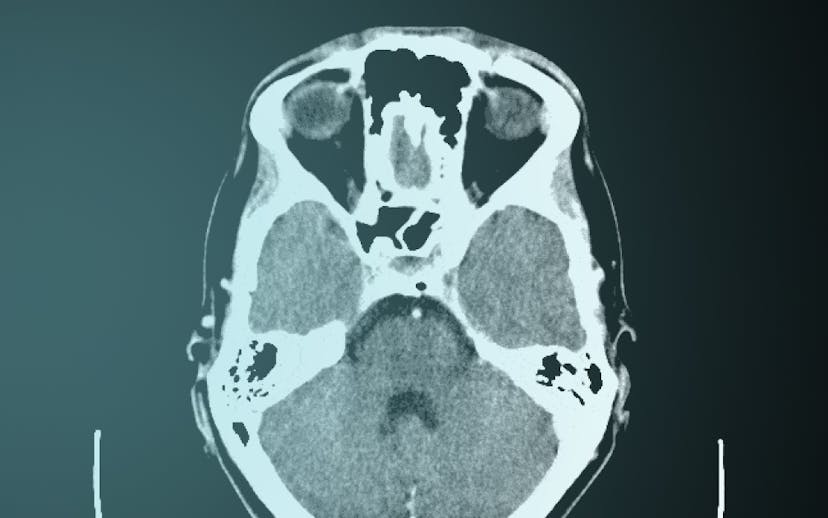
Workshop
Visualising the Corpse in Art and Law
Representations of the corpse have transfixed society since antiquity. Whether visualised in portraiture or vanitas, embodied in effigies or death masks, or recorded on photographs or x-rays, the dead can only appear to the living through their images.
This workshop invites scholars to explore the interrelationships between law, art, and death.
It has been suggested by philosophers, anthropologists, sociologists, and legal scholars that images enable the corpse to appear and speak to the living. The practice of visualising the corpse has shaped an inventory of techniques for representing death in the domains of art, medicine and law. In a world where death touches us in many ways, from playing cards to horror films, public executions to coronial investigations, images of the corpse remind us that the dead never disappear. Whether they are memorialised in art, pathologised in medicine, misrepresented in law or simply linger in the empty spaces of galleries, hospitals or courtrooms, the corpse always remains at work.
Presentation
Socio-Legal Implications of Virtual Autopsies in Coronial Investigations
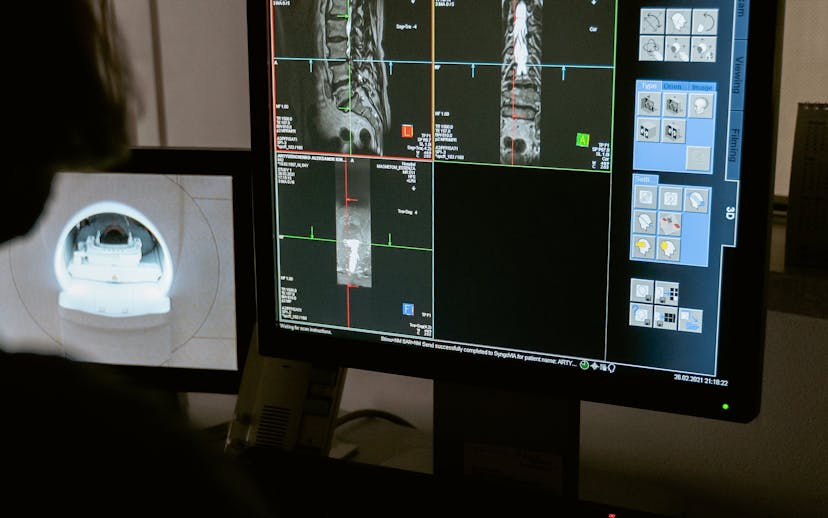
Presentation
Socio-Legal Implications of Virtual Autopsies in Coronial Investigations
Marc Trabsky recently presented his work at the 23rd Triennial Meeting of the International Association of Forensic Sciences in Sydney on 21 – 24 November 2023.
Speaking before forensic scientists, Marc discussed the scope of his project on Virtual Autopsies and explained that post-mortem computed tomography has an important role in enabling coroners to meet the statutory objectives of coronial law, make recommendations for reducing the occurrence of preventable deaths, and carry out the administration of coronial justice.
Media
Forensic imaging technology helps virtual autopsies outnumber invasive post-mortem procedures

Media
Forensic imaging technology helps virtual autopsies outnumber invasive post-mortem procedures
Marc Trabsky provided expert commentary for Matilda Marozzi's ABC article, 'Forensic imaging technology helps virtual autopsies outnumber invasive post-mortem procedures'.
Presentation
Virtual Autopsies: Machinic Vision in Death Investigations

Presentation
Virtual Autopsies: Machinic Vision in Death Investigations
Marc Trabsky was invited to present his latest research on Virtual Autopsies at the 54th Annual Symposium of the Australian Academy of the Humanities in Melbourne on 16 – 17 November 2023.
Hosted by RMIT, the theme of the symposium was ‘Between Humans and Machines: Exploring the Pasts and Futures of Automation’.
Marc argued that virtual autopsies are inherently auto-optos, or to put this differently, they create the allure that judicial observers can see the interiority of the corpse with their own eyes. On the one hand, the post-mortem computed tomography appears to be more ‘objective’ than analogue technologies in determining the cause of a death. Yet on the other hand, like the images themselves which compose a body from multiple slices of data, ‘objectivity’ only takes shape through the mediation of mechanical instruments, computational techniques, and the medico-legal expert.
Presentation
Forensic Imaginaries: Visualising the Corpse in Law

Presentation
Forensic Imaginaries: Visualising the Corpse in Law
Marc Trabsky was appointed a Liberty Fellow in the School of Law at the University of Leeds from May to June 2023.
During his visit to the UK he spoke with coroners, forensic pathologists and forensic radiologists in the West and East Midlands about their use of post-mortem computed tomography in coronial investigations.
He also presented his research findings at the Centre for Criminal Justice Studies and the Centre for Law and Social Justice at the University of Leeds, the Centre for Social Studies at the University of Coimbra, Portugal, and the Institute for Advanced Legal Studies, University of London, UK.
Book
Death: New Trajectories in Law
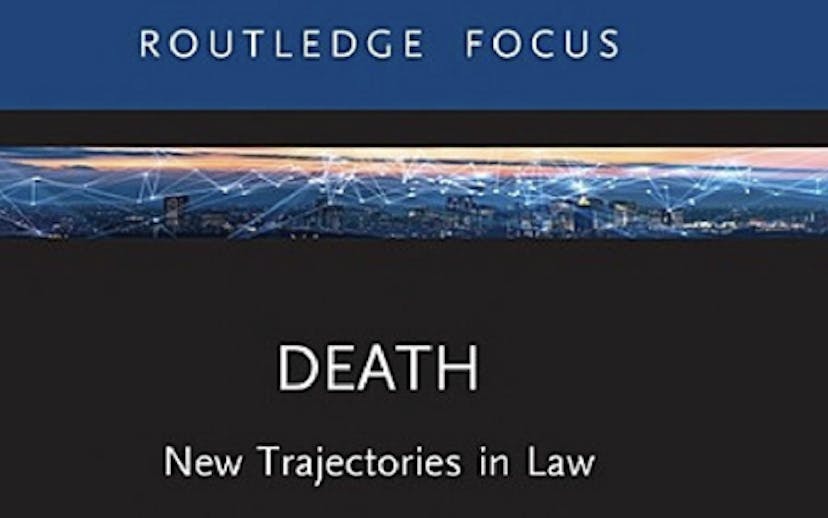
Book
Death: New Trajectories in Law
This book examines how legal institutions reify the value of death in the twenty-first century.
Its starting point is that bio-technological innovations have extended life to such an extent that death has become an epistemological problem for legal institutions. It explores how legal definitions of death are subject to the governing logic of economisation, how legal technologies for registering a death reshape what kind of deaths are counted during a pandemic, and how technologies for recycling cadaveric tissue problematise the legal status of the corpse. The question that unites each chapter is how legal institutions respond to technologies that bring death before their laws. The book argues for an interdisciplinary approach, informed by the writings of Georges Bataille, Wendy Brown, Georges Canguilhem and Michel Foucault, to understand how legal epistemologies are increasingly disrupted, challenged, and countered by technologies that repurpose death to extend, nourish and foster human life. It contends that legal theorists and social scientists need to rethink doctrinal perspectives of law when theorising how law defines the moment of death, shapes what kind of deaths count, and recycles the debris of the dead.
This book will appeal to a broad international readership with research interests in critical theory, political theory, legal theory or death studies; and it will be particularly useful for teachers and students who are searching for an accessible entry point to the study of the intersections between law and death.
Chapter
Counting the Dead During a Pandemic
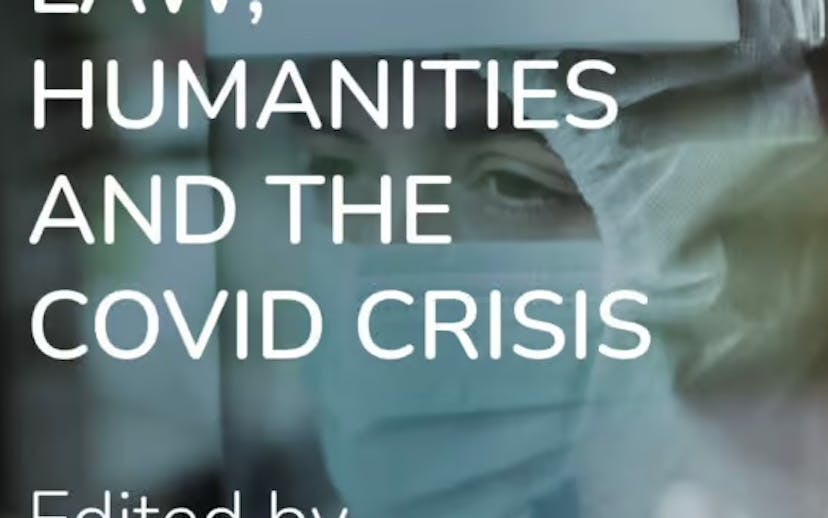
Chapter
Counting the Dead During a Pandemic
Marc Trabsky's 'Counting the Dead During a Pandemic' was published in Law, Humanities and the COVID Crisis, edited by Carl F Stychin.
The chapter examines how technologies for counting the dead during a pandemic economise relations between life and death. The registration of a death during COVID-19 depends on the creation of a universal nomenclature for ascertaining causation, which excludes various circumstances of a person’s life to stabilise SARS-CoV-2, the virus that causes COVID-19, as a normative category for classification. This means that the technology of death registration is conditioned upon differentiating between calculations of risk, which are routinely harnessed by governments in the management of fluctuations in mortality trends. However, during a global pandemic, these institutional practices demonstrate the extent to which the statistical laws of mortality are economised. The economisation of death in the twenty-first century has been marginalised in critical responses to the COVID-19 pandemic. This chapter aims to account for how the language of economisation suffuses technologies for counting the dead, but also what the effects of neoliberal rationality are for understanding transformations in the governance of mortality in the twenty-first century.
Media
'Undisciplinary'
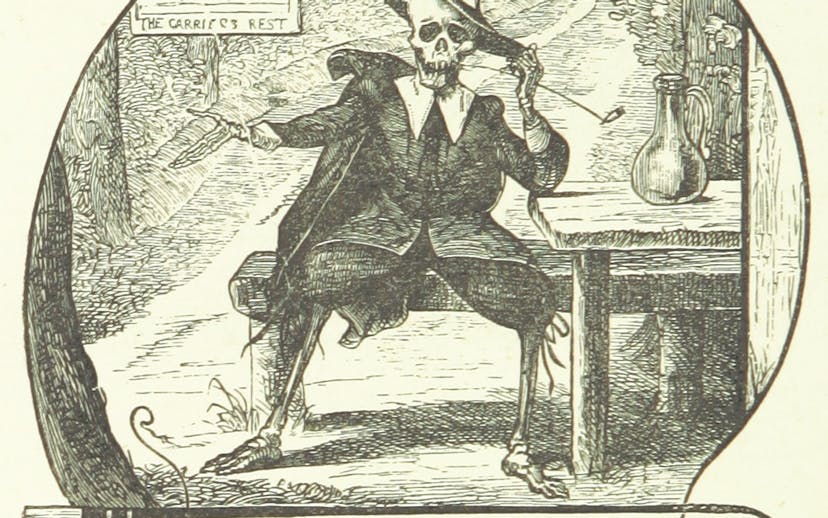
Media
'Undisciplinary'
In this episode of 'Undisciplinary' (a podcast that talks across the boundaries of history, ethics, and the politics of health) Chris and Courtney talk with Marc Trabsky, author of "Law and the Dead: Technology, Relations and Institutions" about law, death and technology.
They discuss the changing role of the coroner across history, the relationship between record-keeping and legal institutions, and Trabsky's undisciplined approach to socio-legal scholarship.
Book
Law and the Dead: Technology, Relations and Institutions
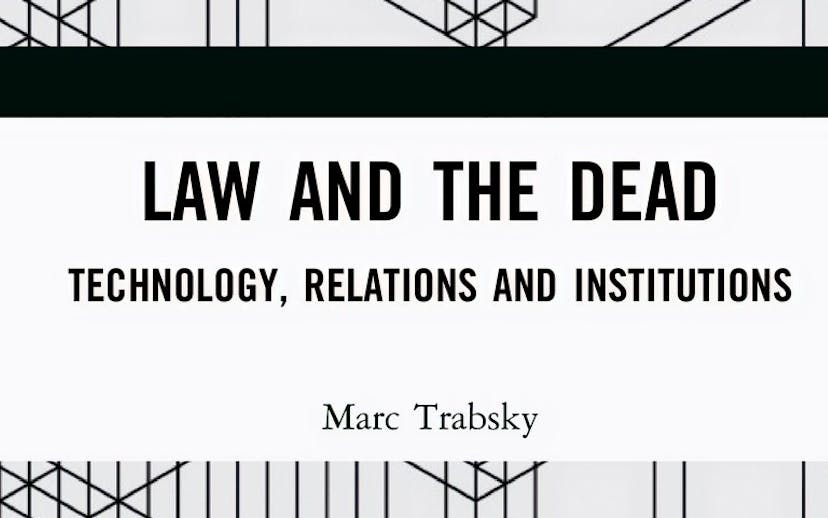
Book
Law and the Dead: Technology, Relations and Institutions
The governance of the dead in the eighteenth and nineteenth centuries gave rise to a new arrangement of thanato-politics in the West. Legal, medical and bureaucratic institutions developed innovative technologies for managing the dead, maximising their efficacy and exploiting their vitality. Law and the Dead writes a history of their institutional life in the nineteenth and twentieth centuries.
With a particular focus on the technologies of the death investigation process, including place-making, the forensic gaze, bureaucratic manuals, record-keeping and radiography, this book examines how the dead came to be incorporated into legal institutions in the modern era. Drawing on the writings of philosophers, historians and legal theorists, it offers tools for thinking through how the dead dwell in law, how their lives persist through the conduct of office, and how coroners assume responsibility for taking care of the dead.
This historical and interdisciplinary book offers a provocative challenge to conventional thinking about the sequestration of the dead in the nineteenth and twentieth centuries. It asks the reader to think through and with legal institutions when writing a history of the dead, and to trace the important role assumed by coroners in the governance of the dead. This book will be of interest to scholars working in law, history, sociology and criminology.